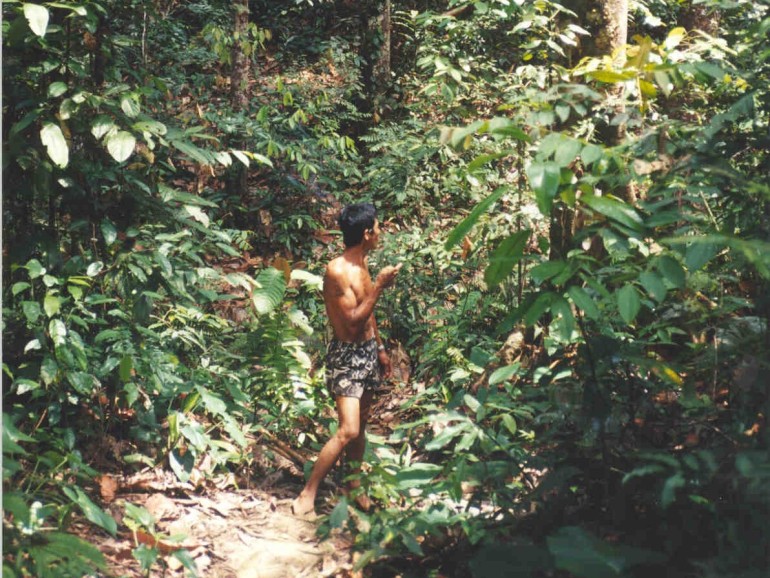

25.02.2022
In tropical regions, agroforestry contributes to income diversification, food security and the development of ecosystem services. How is a farmer implementing agroforestry practices the forester of the future?

The main tropical Agro-Forestry Systems (AFS) are often complex, multi-stage and multi-species. Apart from home gardens intended for self-consumption, AFS are often based on a main crop with economic, or export value (rubber, coconut, cocoa, coffee, cloves, vanilla, damar, durian...) with also local fruit trees, fast-growing fuelwood trees and timber trees for self-consumption or sale.
This diversification in AFS focused on industrial crops often comes after a period of deforestation since the end of the 19th century during the period of the colonial empires. Wood can also come from species used for services such as providing shade for coffee or cocoa trees. Wood species are also common in the local forest (Indonesia/Thailand), reflecting farmers' strategy of conserving local resources. In other cases, native species have almost entirely disappeared (e.g. clove AFS on the East Coast of Madagascar) in favor of introduced species. Sometime, the main crop is also a timber species such a rubber (used for furniture), durian, or litchi. Now that most forests have almost disappeared in central plains with easy access in Southeast Asia (with potential commercial value), timber from AFS is becoming a real challenge that depends mainly on tree tenure and local regulation.
Today, the current demand for tropical wood has decreased considerably since the “golden age” of deforestation (1980/2010) due to resource reduction more selective, and a global demand towards products from dedicated plantations from Europe or elsewhere. The market has changed from a massive use of tropical timber for multiple purposes to a limited use for specific purposes. In this context, timber in AFS, often produced at marginal cost, can be an alternative to produce valuable timber. We consider in this sense that the farmer in tropical regions with agroforestry practices might be the “forester of the future”. Beside, AFS with timber might significantly contribute to positive externalities and eco- systemic services for a better sustainability.
You can download here the note written on this subject by ATIBT, CIRAD and Nitidae.